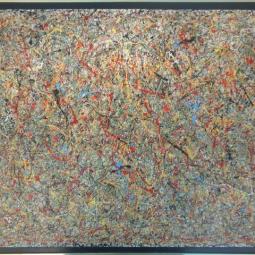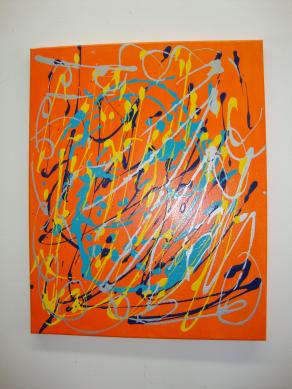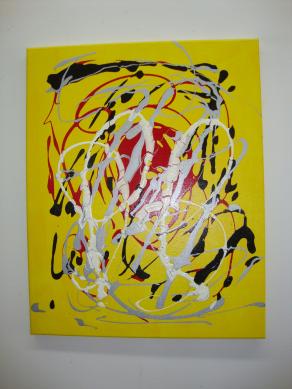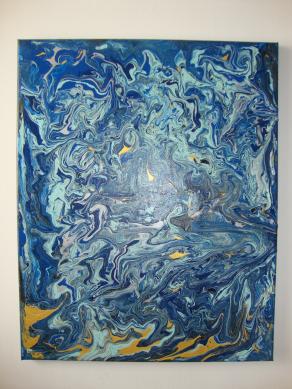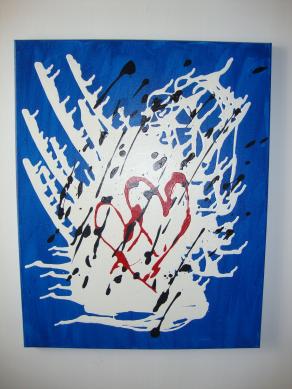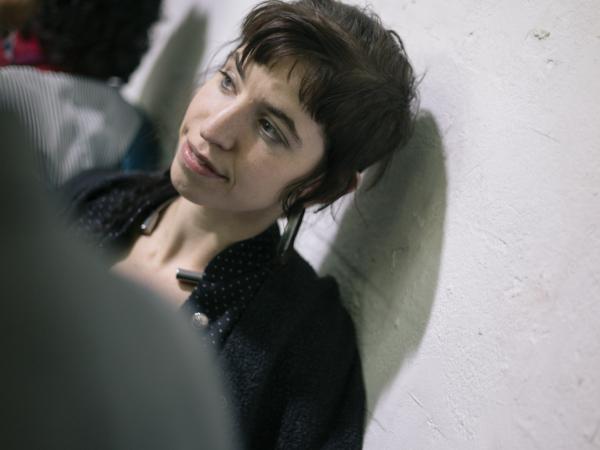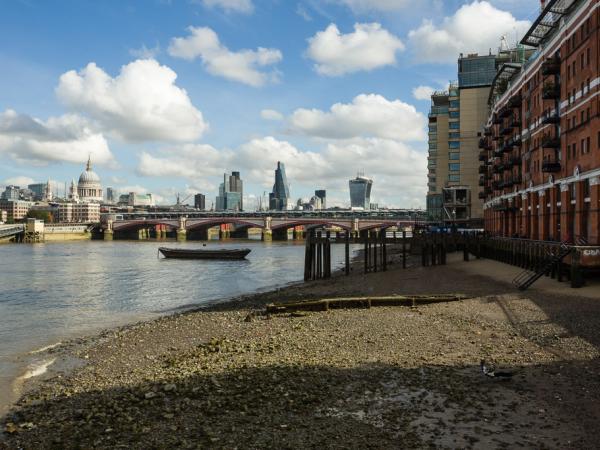Raquel Medina .
Artista, West New York, Stati Uniti, iscritto 11 anni fa
Contemporary Abstract Expressionism
Welcome to Raquel Medina, Fine Artwork , Original painting direct from artist .
I am a self taught New York Big Apple abstract impressionism drip painting Artist.
Born in P.R 1958 .In 1963 my parents moved to United States at the upper W.Side Manhattan. When I Turn 15 we all moved to Union City New Jersey graduated from Emerson High School 1977. I got married at the age of eighteen became a mother at the age of 20. Have two lovely Daughters 6 Grand Kids at this time.
I have remarried with Mr.Gomez my Maiden name Medina , Living at Florida State 2017 and still painting.
I have always been creative. At the age of 13 walk Central Park with my acrylic paint and small canvas dripping paint all over the canvas and all over me ,But worried when I got home the screams from my Mom for having paint all over me. (Now I Laugh )
My main goal is to present my artwork all over the world , I have Sold over 100 of my paintings.
My Artwork is influenced by the contemporary abstract expressionism drip style of Jackson Pollock.
Learning and seeing how several colors mixed with one another while it drips on to the canvas.
The contemporary abstract expressionism drip style makes a visual imagination to the human eye and to the artistic world with its colors and shape. Is also a very special way to express what you see and feel.
Abstract Expressionism is a modern art movement that flowered in America after the Second World War and held sway until the dawn of Pop Art in the 1960's. With this movement New York replaced Paris as the center of the art world.
Jackson Pollock "Autumn Rhythm"
Abstract Expressionism has its roots in other earlier 20th century art movements such as Cubism and Surrealism that promoted abstraction rather than representation. The psychoanalytic theories of Sigmund Freud and Carl Jung provided the intellectual context in this quest for new subject matter.
Abstract expressionism is an American post–World War II art movement in American painting, developed in New York in the 1940.[1] It was the first specifically American movement to achieve international influence and put New York City at the center of the western art world, a role formerly filled by Paris. Although the term "abstract expressionism" was first applied to American art in 1946 by the art critic Robert Coate, it had been first used in Germany in 1919 in the magazine Der Sturm, regarding German Expressionism. In the United States, Alfred Barr was the first to use this term in 1929 in relation to works by Wassail Kandinsky.
The style was widespread from the 1940s until the early 1960s, and is closely associated with abstract expressionism (some critics have used the terms action painting and abstract expressionism interchangeably). A comparison is often drawn between the American action painting and the French tachisme.
The term was coined by the American critic Harold Rosenberg in 1952[26] and signaled a major shift in the aesthetic perspective of New York School painters and critics. According to Rosenberg the canvas was "an arena in which to act". While abstract expressionists such as Jackson Pollock, Franz Kline and Willem de Kooning had long been outspoken in their view of a painting as an arena within which to come to terms with the act of creation, earlier critics sympathetic to their cause, like Clement Greenberg, focused on their works' "objectness." To Greenberg, it was the physicality of the paintings' clotted and oil-caked surfaces that was the key to understanding them as documents of the artists' existential struggle.
News
celeste,
